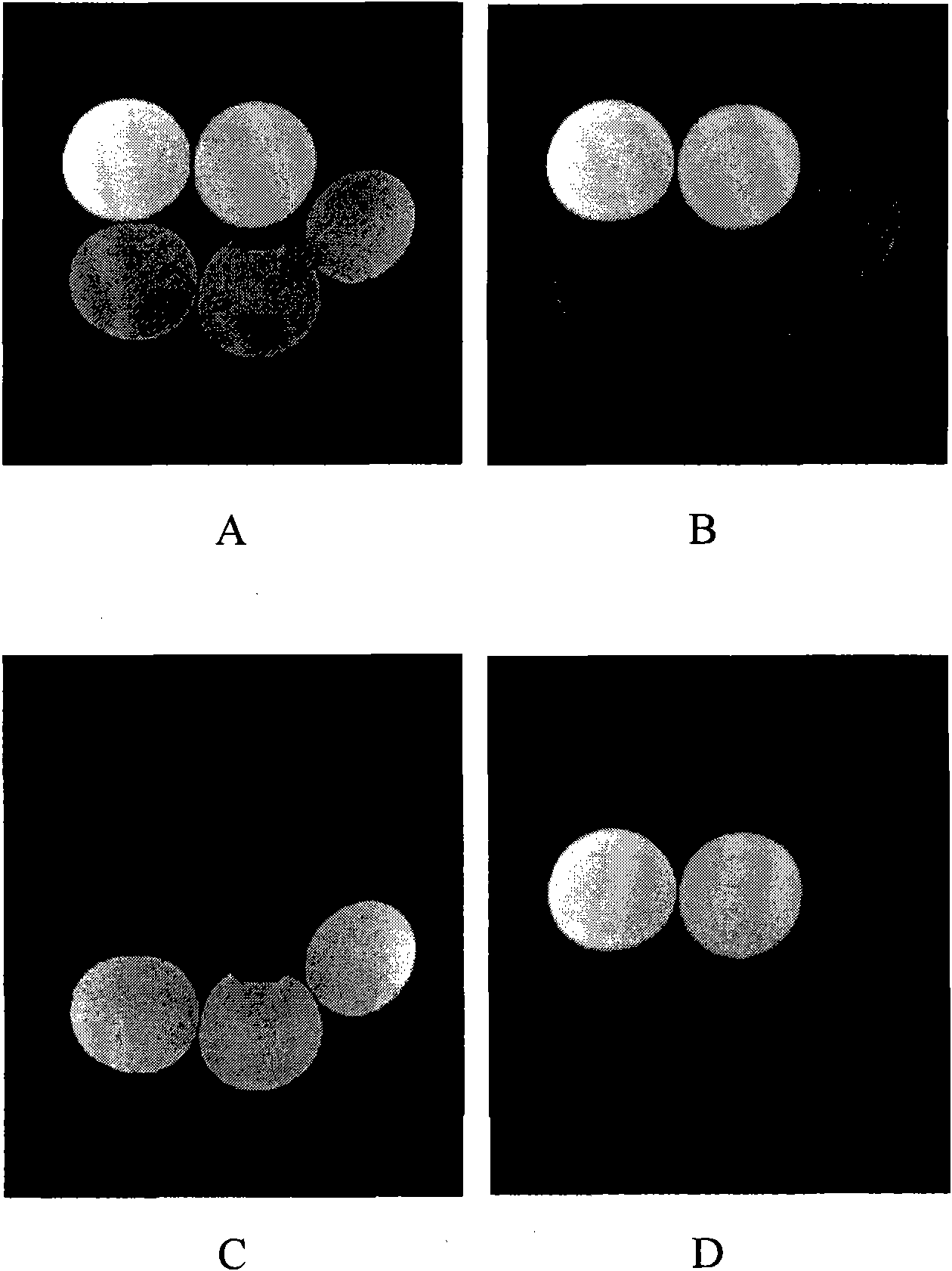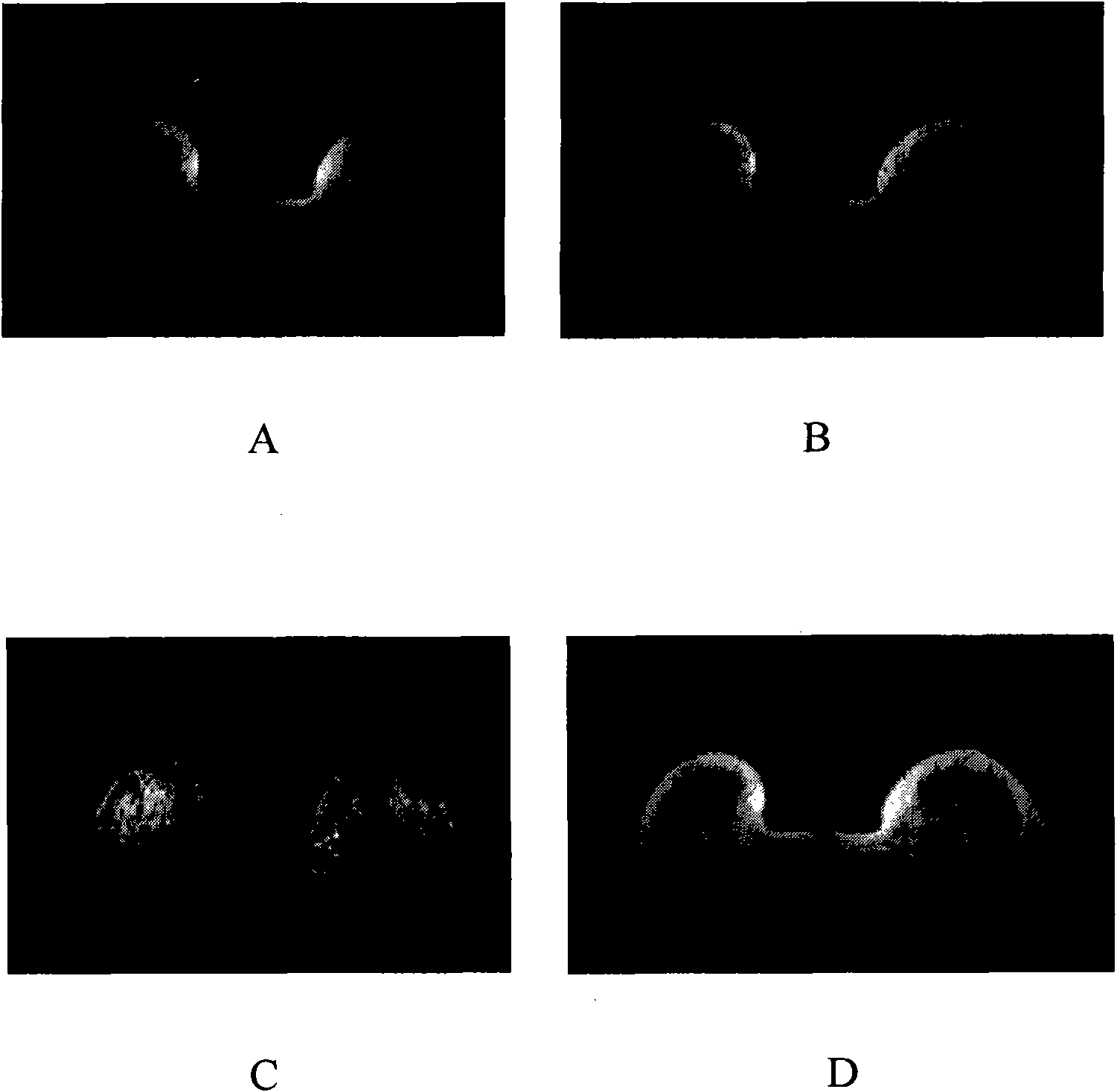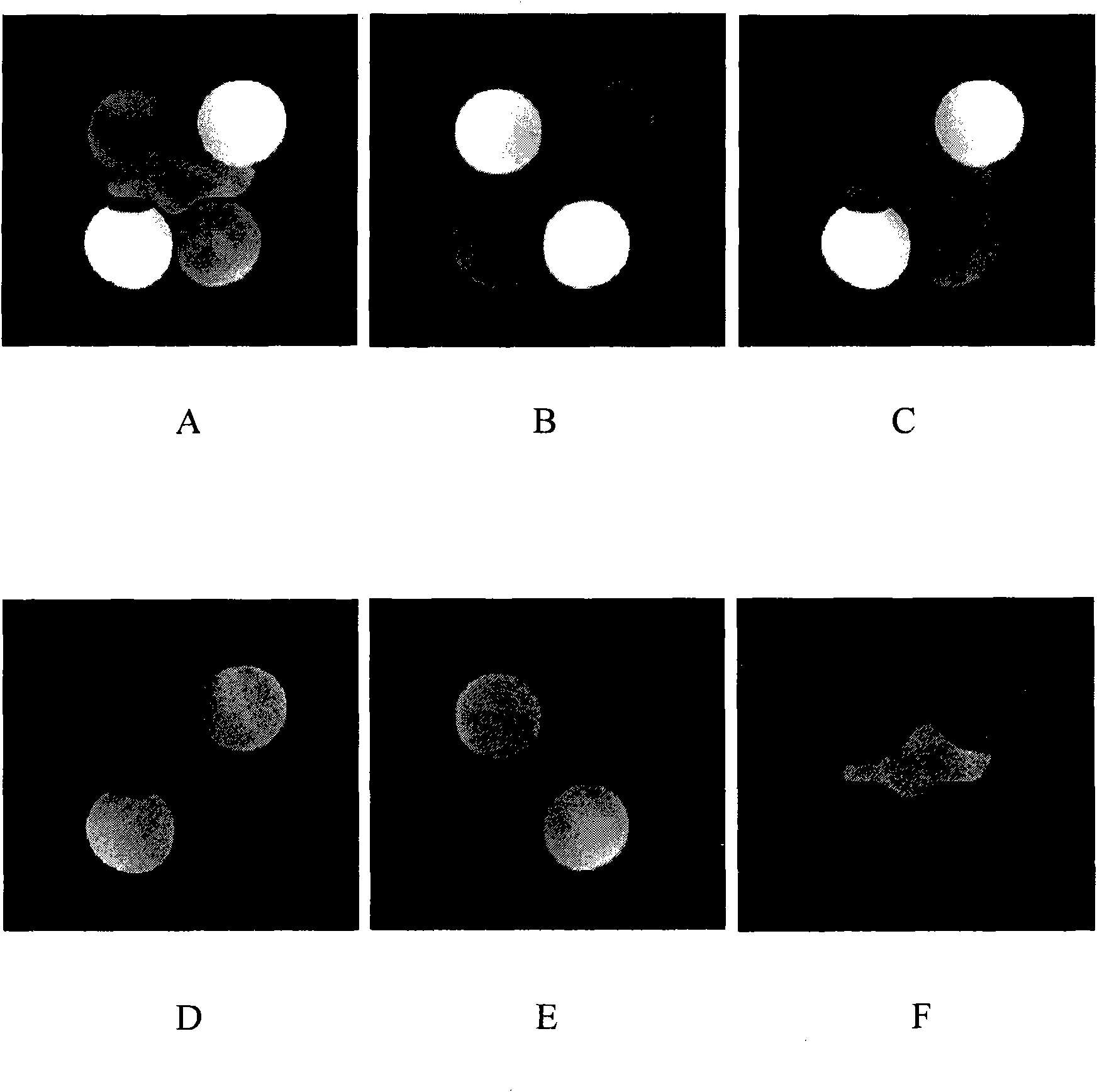Tissue separation imaging method based on inversion recovery
A technology of tissue separation and imaging method, which is applied in the direction of using nuclear magnetic resonance imaging system for measurement, magnetic variable measurement, magnetic resonance measurement, etc., can solve the problems of reduced image signal-to-noise ratio, inability to separate images, and reduced signal amplitude
- Summary
- Abstract
- Description
- Claims
- Application Information
AI Technical Summary
Problems solved by technology
Method used
Image
Examples
Embodiment Construction
[0035]The difference between the tissue separation imaging method based on inversion recovery of the present invention and the existing inversion recovery tissue separation imaging method mainly lies in that the scanning imaging sequence is used to excite the imaging object, and at different inversion times (Inversion Time; TI; inversion time) The time interval between the 180° pulse and the 90° excitation pulse in the recovery sequence) performs two or more image samplings. The number of sampling times is determined by the number of types of tissues that need to be separated and imaged contained in the imaging object, and generally, the number of sampling times should be equal to or greater than the number of types of tissues. The inversion time TI can be selected arbitrarily. Preferably, the selected principle is to improve the SNR of the sampled image.
[0036] Suppose the image sampled in an inversion time TI is I ∑.TI (x, y), the image is the sum of the images of all kin...
PUM
 Login to View More
Login to View More Abstract
Description
Claims
Application Information
 Login to View More
Login to View More - R&D
- Intellectual Property
- Life Sciences
- Materials
- Tech Scout
- Unparalleled Data Quality
- Higher Quality Content
- 60% Fewer Hallucinations
Browse by: Latest US Patents, China's latest patents, Technical Efficacy Thesaurus, Application Domain, Technology Topic, Popular Technical Reports.
© 2025 PatSnap. All rights reserved.Legal|Privacy policy|Modern Slavery Act Transparency Statement|Sitemap|About US| Contact US: help@patsnap.com



